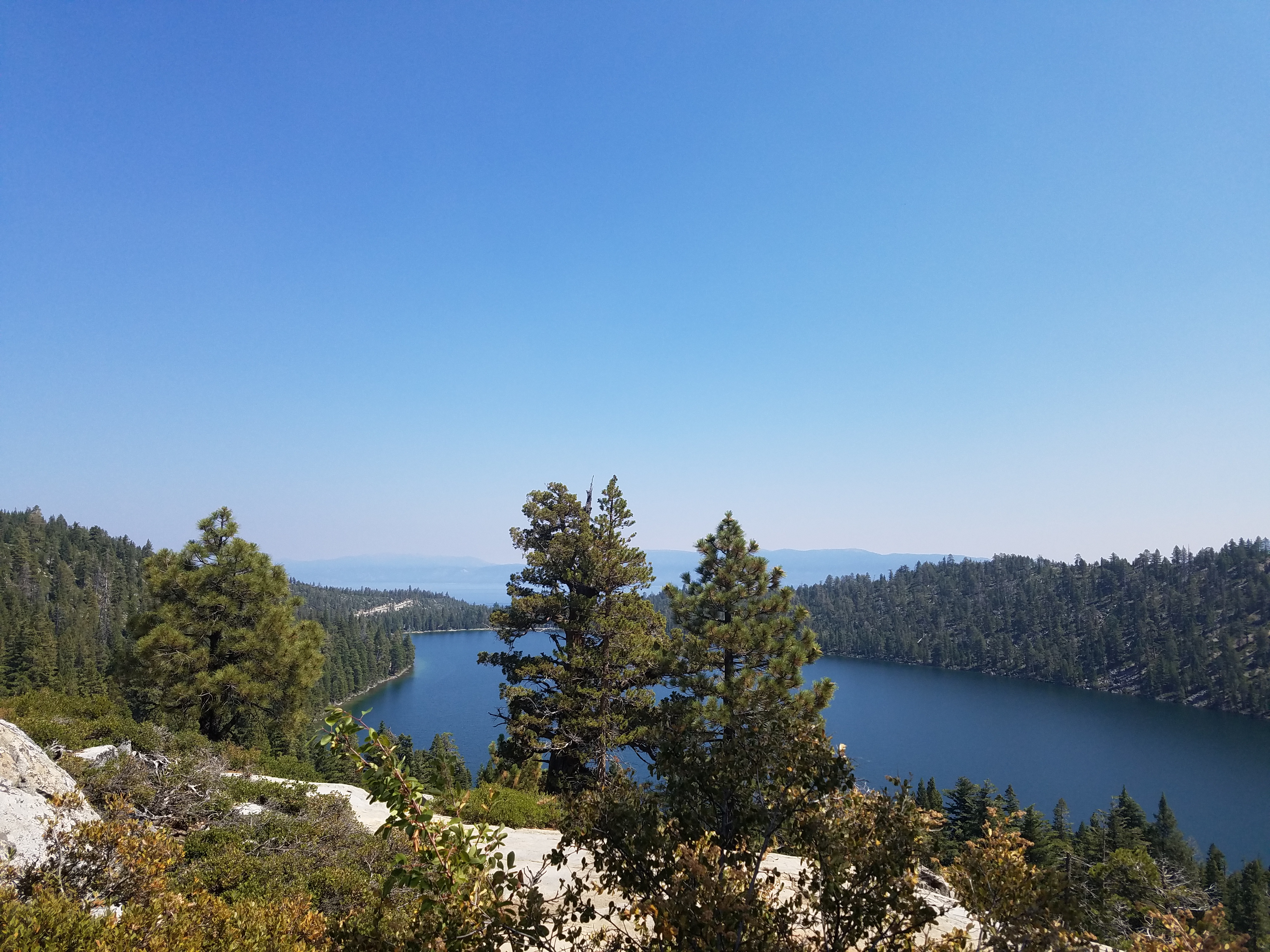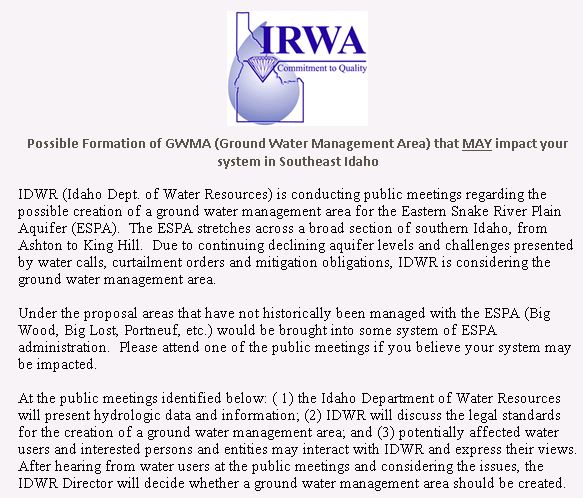Water for Sustainable Growth

World Water Week 2016 is currently underway in Stockholm, Sweden, an annual event hosted by the Stockholm International Water Institute (“SIWI”). World Water Week is the annual focal point for global water issues, consisting of more than 140 events covering a range of subjects. The main theme of the 2016 event is “Water for Sustainable Growth,” a follow-up to the previous year’s topics regarding Sustainable Development Goals (“SDGs”) as adopted by the United Nations General Assembly. The SDGs, as established by the United Nations at World Water Day in March 2016, focus on water and jobs as one of the keys to future water issues: “making a contribution to better the lives of millions of people by maintaining and creating meaningful jobs related to water and wastewater development, service provision, protection and management.”

Experts attending the event address the value of water and a shared sustainability on a global scale. Water and climate experts alike call for a Green Water Initiative, using the Water Revolution in Africa as an example. Large parts of the world are struggling to adapt to a drier reality, but challenges are especially dire in Africa’s drylands. Developmental options such as rainwater harvesting and other “greenwater” management methods are being suggested to combat the scarcity of water and help to build water resilience for food security and human well-being.
As organizations such as SIWI gather to address and make suggestions regarding water resilience, local concerns echo global concerns. Water shortages in the State of Nevada raise concern among residents and domestic well owners; more than 20 percent of water basins are over-appropriated – there is more water appropriated on paper than sources to supply it. Nevada’s Legislative Subcommittee to Study Water, whom held their most recent meeting on August 26, 2016 (details found here), has issued water-conscious statements recommending that local land-use decisions be tied to sustainable water supplies and that water management recognize the connection between surface and groundwater sources.
SIWI’s World Water Week is one of many global events organized with the goal of generating knowledge and power regarding water issues, hosting a number of decision-makers and water professionals in discussions about climate change, energy, sanitation, food, conflict resolution, water management and more. A few of World Water Week’s highlighted topics (i.e. rainwater harvesting) can be found at http://www.worldwaterweek.org/programme/#since-1991, with resources available in the program archive.













